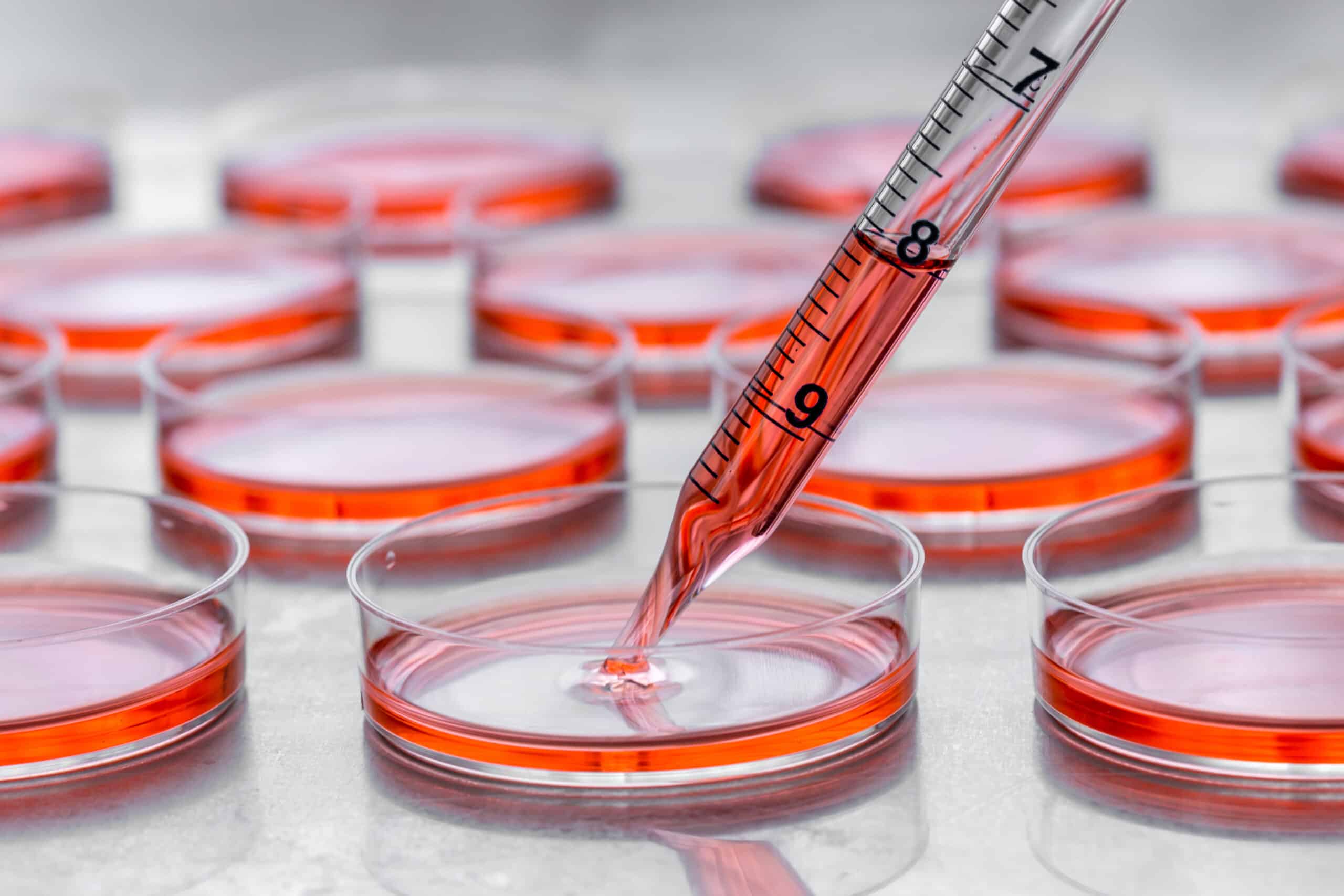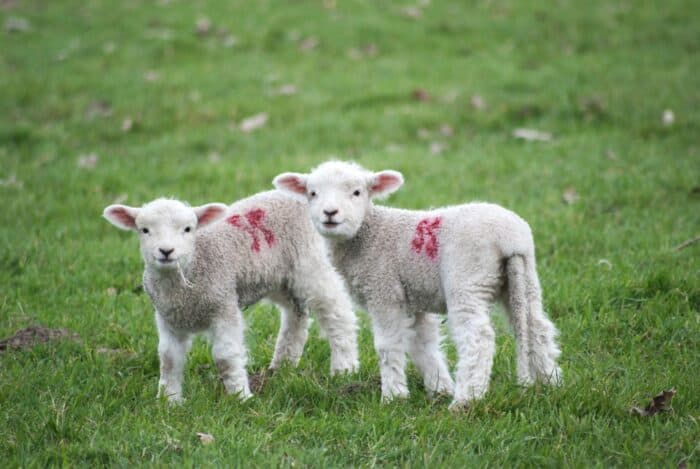So many people are deciding to go cruelty-free, and for a good reason, too.
The desire for animal welfare is widespread, but some are still left with a pondering question, especially in cruelty-free products.
Cruelty-free products are safe - if not safer - than products tested on animals. That is because of innovative testing techniques that are far more conclusive than animal testing. Such methods include computer testing, human volunteers, cell cultures, human-patient simulators, and human tissue.
If you are under the impression that cruelty-free products might not be safe, then you need these theories debunked.
This blog is diving deep into the world of cruelty-free products. Here, you will learn why cruelty-free products are, in fact, safe, and you should feel entirely confident using them (for more reasons than one).
Are Cruelty-Free Products Safe?
When you hear or see the words cruelty-free, it should give you a sense of relief.
Finally, a product where animals did not have to suffer in the process.
Unfortunately, though, many people are under the impression that cruelty-free products might not be safe.
Why? Because some consumers believe that if the products couldn’t or weren't tested on animals first, it might not be ‘safe’ for humans.
This is not the case, though. These individuals need to understand that just because a product wasn’t tested on animals does not mean there was no thorough research and testing before its release.
How Cruelty-Free Testing is Done
A lot of testing is done cruelty-free, which is excellent. But even those labels, such as Cruelty-Free and Not Tested on Animals, are still not entirely truthful.
That’s because there are no restrictions on who can use these labels. Plus, only their finished cosmetic products are cruelty-free, not the entire procedure.
For example, some companies rely on other companies and laboratories for ingredients that go into their product. However, they are not 100% sure that these other companies in which they are receiving products are cruelty-free.
Therefore, a few ingredients found in the product might be cruel, after all.
Not only that, but some products use ingredients that were tested on animals in the past.
They think it’s ‘okay’ to utilize these ingredients because they aren’t currently tested on animals.
But anyone who believes in animal welfare would disagree.
Don’t worry, though. It’s not all negative news when it comes to cruelty-free products.
There are plenty of products that are created humanely - that involve no animal suffering. They use other methods of testing, which will be covered next.
Cell Cultures
One of the most popular ways to test products humanely is to utilize cell cultures. Why?
Because all types of cells, from human to animal, can be grown inside of a laboratory.
Some scientists go a step further to create 3D cell structures for a more realistic approach to testing on humans and animals.
Human Tissue
Donated tissues can be an excellent way to provide realistic testing without involving animals.
These tissues can be healthy or diseased, donated from surgeries such as biopsies and transplants, or a deceased person.
They can then be used to test human biology and diseases.
Electronic Testing
With electronics becoming so prevalent in our society, it’s easy to understand why testing is starting to be fabricated on computers.
Computer savvy individuals are creating models that can replicate the human body, such as the heart, lungs, and musculoskeletal system.
Another way in which computers are used for testing is through quantitative structure-activity relationships.
Here, technologists can estimate the hazards of materials. This results in the reduced likelihood of chemicals being tested on animals.
Human Volunteers
That’s right - some humans take the place of animals and allow themselves to be tested on.
This is all thanks to new developments and innovations that have proved safe studies to be conducted for humans. (If only they did that for animals, too!)
Some of the latest studies involving humans include brain imaging and microdosing.
Microdosing allows researchers to understand new medicines and drugs by injecting small amounts into the bloodstream. After injection, the test subjects are observed for interactions.
Brain imagines and recording techniques, such as fMRI, are also common. These techniques replace the archaic experiments once used on rats and monkeys.
During an fMRI, the brain is studied safely down to a single neuron (in some instances). Researchers can study brain disorders, too, by temporarily and reversibly inducing them.
Human-Patient Simulators
Again, technology comes into play when testing in a significant new way known as human-patient simulators.
These are essentially robots - they look and act like real humans. They can breathe, bleed, talk, and die. They can experience illnesses and injuries.
They are used for a wide range of testing, including physiologically and pharmacology.
Why Choose Cruelty-Free Products?
Now we know that cruelty-free products are entirely safe. But why should you choose them over other products?
Aside from the obvious - you don’t want animals of all types suffering - there are other fantastic benefits.
It’s Not Necessary
That’s right - testing on animals, in this day and age, simply is not necessary. We have found so many other tremendous and cruel-free ways to test products.
Plus, there are currently over 7,000 cosmetic ingredients that have been proven safe, humane manners. Why can’t we use one of those?
There Are Better Alternatives
Earlier, you got a crash course on different humane ways of testing ingredients. Well, not only are these testing techniques safe and cruelty-free, but they are also better than testing on animals.
Why? Because they have proven to be far more conclusive, which gives you more confidence in your safety.
There Are Plenty of Budget-Friendly and Cruelty-Free Brands
There are thousands of products available on the market that are cruelty-free, so you don’t have to go sifting through the shelves for the select few.
Plus, a lot of these brands are ensuring their products are budget friendly. That said, you don’t have to limit yourself or spend an arm and a leg to go cruelty-free.
How to Know if a Product is Cruelty-Free
Are you ready to get ethical and ditch your cruel products? There are three ways to make sure you’re purchasing cruelty-free products.
And yes, these are actually cruelty-free - not just companies that say they are cruelty-free but use inhumane ingredients.
Look for cruelty-free labels
If a product is certified to use cruelty-free products from beginning to end, they will be labeled with:
Use cruelty-free apps to search for products
Sometimes you need a little help finding your favorite cruelty-free products. Some apps make it easier.
Check out these apps to search for cruelty products: Leaping Bunny App, Choose Cruelty-Free App, Bunny Free App (PETA), and Cruelty Cutter App.
Ask the company directly
If you’re still unsure whether the company is cruelty-free or not, then go directly to the source.
Ask if they use any ingredients that are testing on animals at any stage. Keep in mind that some countries, such as China, require their components to be tested in China.
Final Thoughts
Don’t believe the myth that testing on animals is the best way to find conclusive results. Opting for cruelty-free products is an excellent idea, and it is entirely safe.
Thanks to new and innovative testing techniques, consumers can feel confident that the products they are using are altogether safe - without the inhumane treatment of animals at any stage of development.


